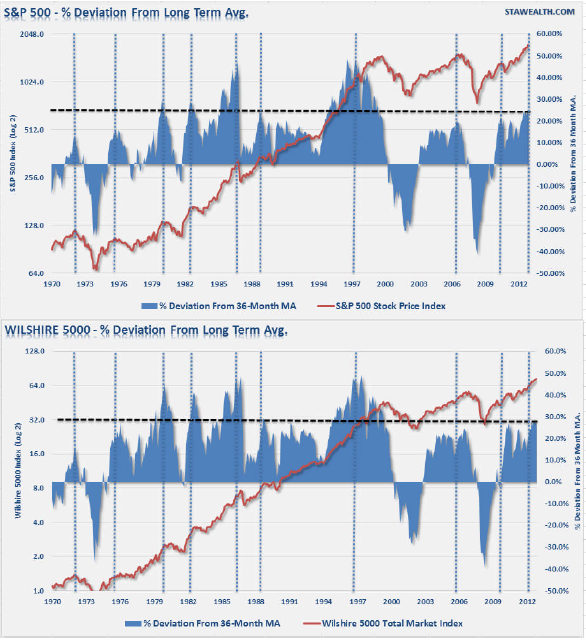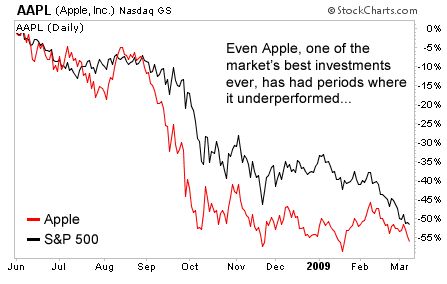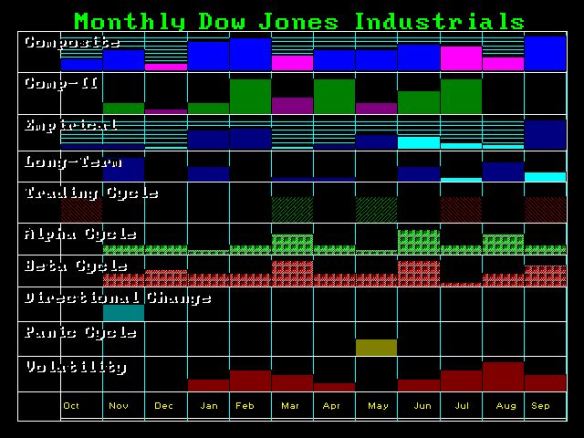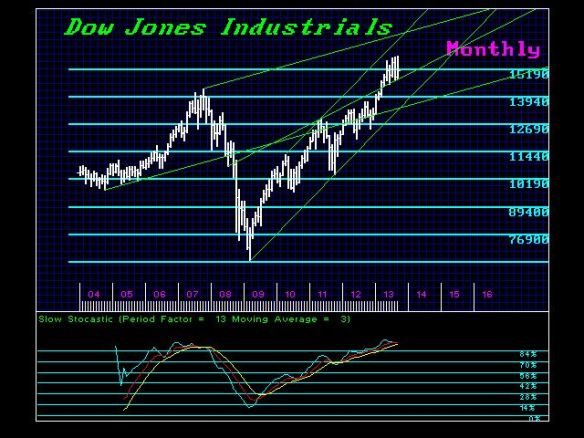Dismal Performance of Junior Mining Sector is Well Earned
A recent study from the B.C. Securities Commission reported that cyclicality and market conditions – as opposed to regulatory costs and policy barriers – are the primary cause of the current slump in British Columbia’s junior mining sector.
We will use the S&P/TSX Venture Composite Index (which is the mainstay exchange for most BC based mining firms) as a proxy for the junior mining (exploration) segment. Take a quick look at the indexes dismal returns over the past two years and there is little wonder as to why one might want to take a closer look as to what is going wrong – broadly speaking.
Year-to-date, in 2013, the S&P/TSX Venture Composite Index is down 24.25%. Since the start of 2011, the index is down a startling 59%. Go back 10-years and the index has posted losses of 37.5%. The combined destruction of wealth by the components of this index (primarily junior mining exploration companies) is appalling.

The Commission said it produced the report in a bid to get a better understanding as to why there has been such as significant downturn in B.C.’s junior mining sector (particularly over the past 2-years). The report is designed to act as a reference point for discussion into what can be done to support its recovery in future years.
Entitled “B.C. Junior Mining at a Crossroads: Executive Management’s Perspective,” the report was prepared by KPMG on behalf of the BCSC.
The Commission stated its conclusions are based on interviews with 15 senior executives who offered their views on a confidential basis. The executives confirmed that the majority of root causes and issues were due to the cyclical nature of the mining industry, and current economic and market conditions.
We agree that declining commodity prices contribute to declining prices of junior mining stocks and thus activity in the junior mining sector. But the performance of the TSX-V and its component junior mining stocks has been dramatically worse than the performance of the underlying commodities. Over the past two years, gold is off roughly 25%, silver down 15%, and copper merely 5.5%. Compare this to the almost 60% the S&P/TSX Venture Composite Index has lost over this period and we must conclude there is more at play here than just “the general cyclicality of the mining industry.”
To put it bluntly, the TSX-V, particularly in the junior resource sector, is a mine field of high risk shell companies run by high pressure promoters. These exploration shells often appear more focused on completing their next financing than actually uncovering economic mineral deposits that will create lasting shareholder value. While these entities are incorporated and hold a stock symbol on the exchange, in most cases, they are nothing like an operating business which produces a product or service and creates wealth over time. In many cases, as we can see by the abysmal long-term returns (10-years) of the TSX-V, they are nothing more than pure speculation, designed to enrich insiders and are well practiced at destroying investor wealth long term.
Let us be clear, KeyStone is not typically constructive on junior mining companies at the best of times (which are few and far in between). We find the segment holds a broader culture that tends to over promise and under deliver on everything from cash costs, production growth, viable reserves, and mine construction timing. We believe this stems from a culture that was born in the exploration market which continually sees management teams promise results with “significant optimism” to gain the continued financing necessary in the development phase of the mining process.
Given this, it should come as no surprise that after producing little sustained economic value through cash flow even after a historic commodity boom cycle, investors are cold on this segment.
The markets in general favour companies which under promise and over deliver with a reasonable level of predictability. As a result, and despite the fact that a disproportionate amount of stocks within Canada are junior exploration & production companies, our Canadian research is typically underweighted to this segment. We chose to focus on more consistent, reliable and less cyclical companies with better long-term growth prospects.
The report also cited resistance to higher risk investments on the part of institutional and retail investors as a contributing factor to the industry’s downturn. This is something we wish would persist long term so we could flush this element (shell mining exploration companies) from Canadian markets.
From our perspective, the halt in activity and general lack of investment capital hearing towards the junior mining industry is well earned.
The only shame is that after 2-5 years in the toilet this industry seems to reset. Some random discovery comes out of the blue – by luck or by one of the remaining true great discovery geologists in the industry and creates a buzz, or the price of gold jumps due to a global crisis or the fear of currency debasing. Once again, seemingly intelligent investors appear to subject themselves to that memory erasing device from “Men-in-Black” and return to this sector with a fresh round of green investors. Alas, the cycle of wealth destruction begins again. Great promise from the promotion heavy junior mining sector is eventually followed by even greater disappointment as inflated shells deflate and suck away the hard earning investment capital of far too many Canadians.
In the last month, we have seen the S&P TSX-Venture index gain back 7% as a few junior exploration companies have regained a pulse. Remember these sage words of advice – even a dead cat will bounce if you drop if from high enough. At some point this sector will show some life but from historical experience, we recommend clients steer clear.
Stay patient and do not chase blue-sky pipe dreams. Focus on cheap, cash producing growth stocks – actual businesses that make money will make you money overtime. Try not to make it more complicated than that.

















